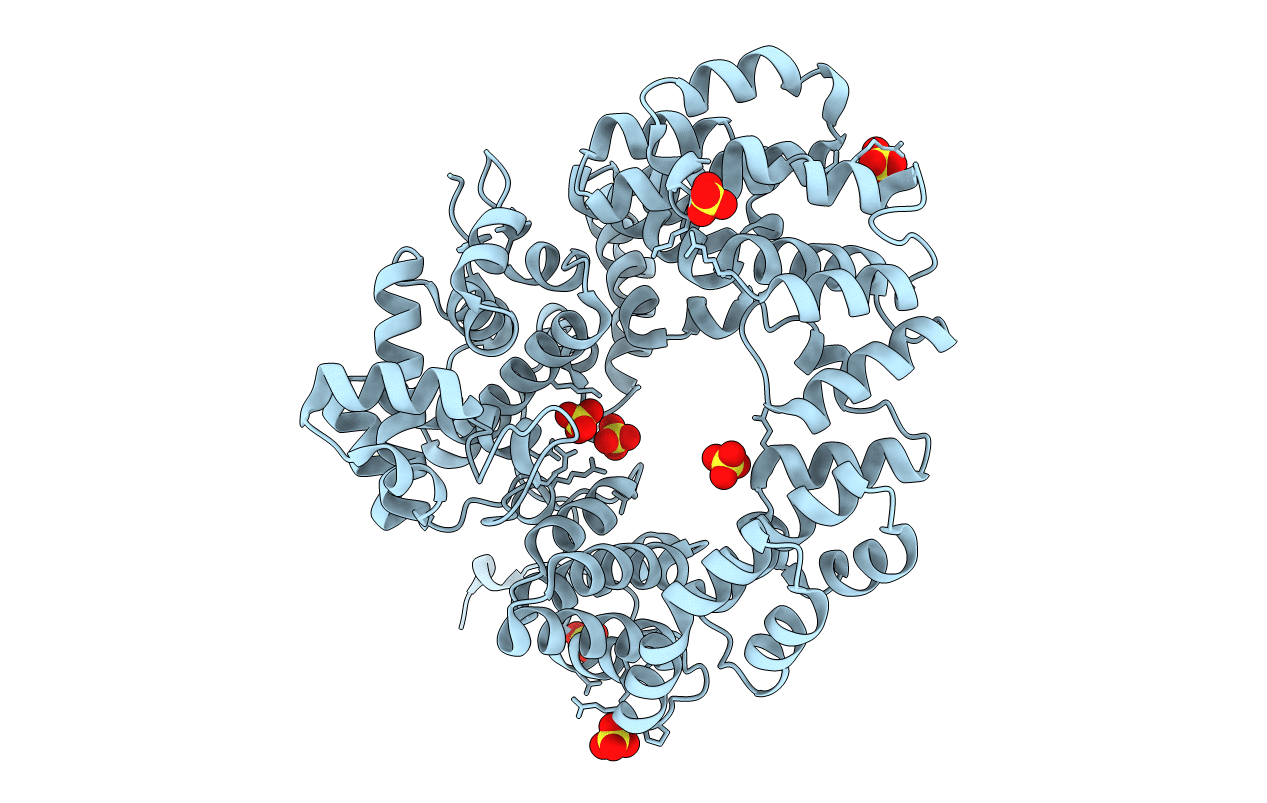
Deposition Date
2018-02-11
Release Date
2018-03-14
Last Version Date
2025-10-01
Entry Detail
Biological Source:
Source Organism:
Neisseria meningitidis (Taxon ID: 122586)
Host Organism:
Method Details:


